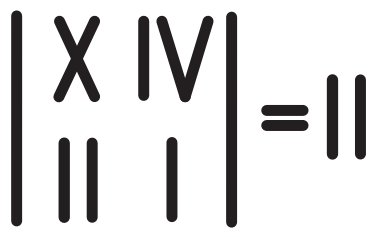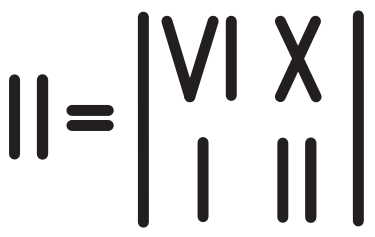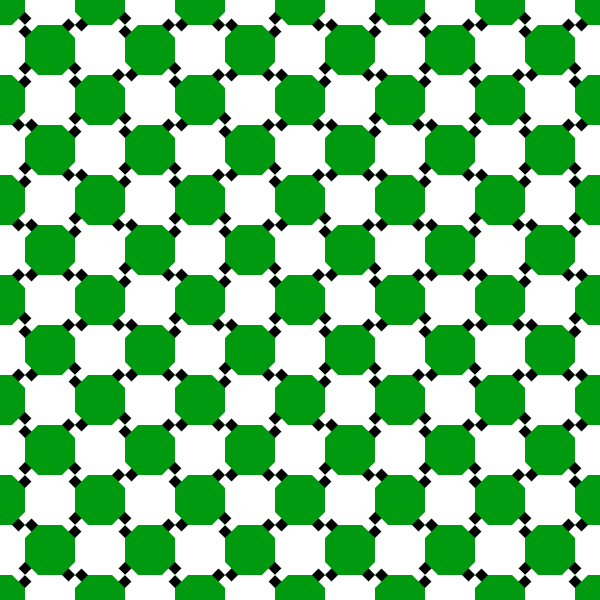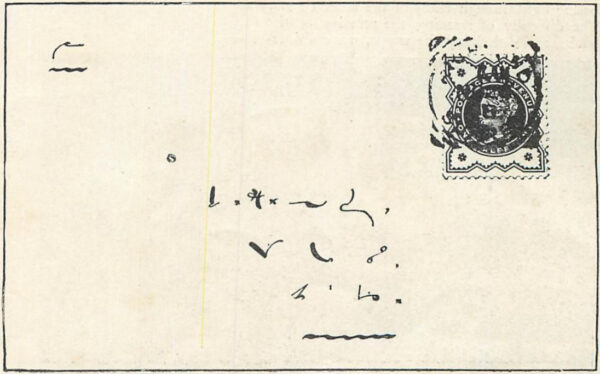By philosopher Steven M. Cahn:
(1) Assume that there exists an omnipotent, omniscient, omnimalevolent Demon who created the world.
(2) If the Demon exists, then there would be no goodness in the world.
(3) But there is goodness in the world.
(4) Therefore, the Demon does not exist.
A demonist who wants to deny (4) would need to deny (1), (2), or (3). No demonist would question (1), and it’s difficult to deny (3), but we can escape (2) only by claiming that the world’s good is somehow necessary, that every good in the world is logically needed in order for this to be the worst world that the Demon could have created.
This is the familiar “problem of evil” turned on its head. The notion that all the world’s good (sunsets, Socrates’ free will) is necessary to create maximum evil is just as improbable as that all the world’s evil (bubonic plague, Hitler’s free will) is needed to create maximum good. Unless demonists or theists can produce further evidence in favor of their positions, “the reasonable conclusion is that neither the Demon nor God exists.”
(Steven M. Cahn, “Cacodaemony,” Analysis 37:2 [January 1977], 69-73.)








